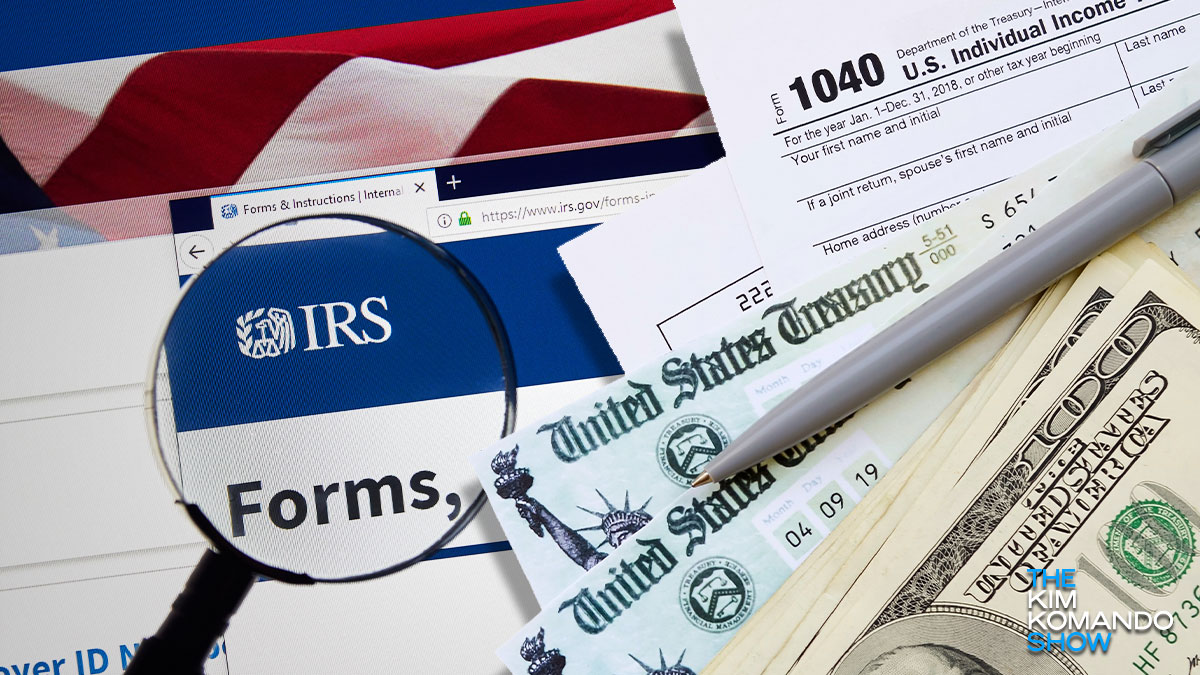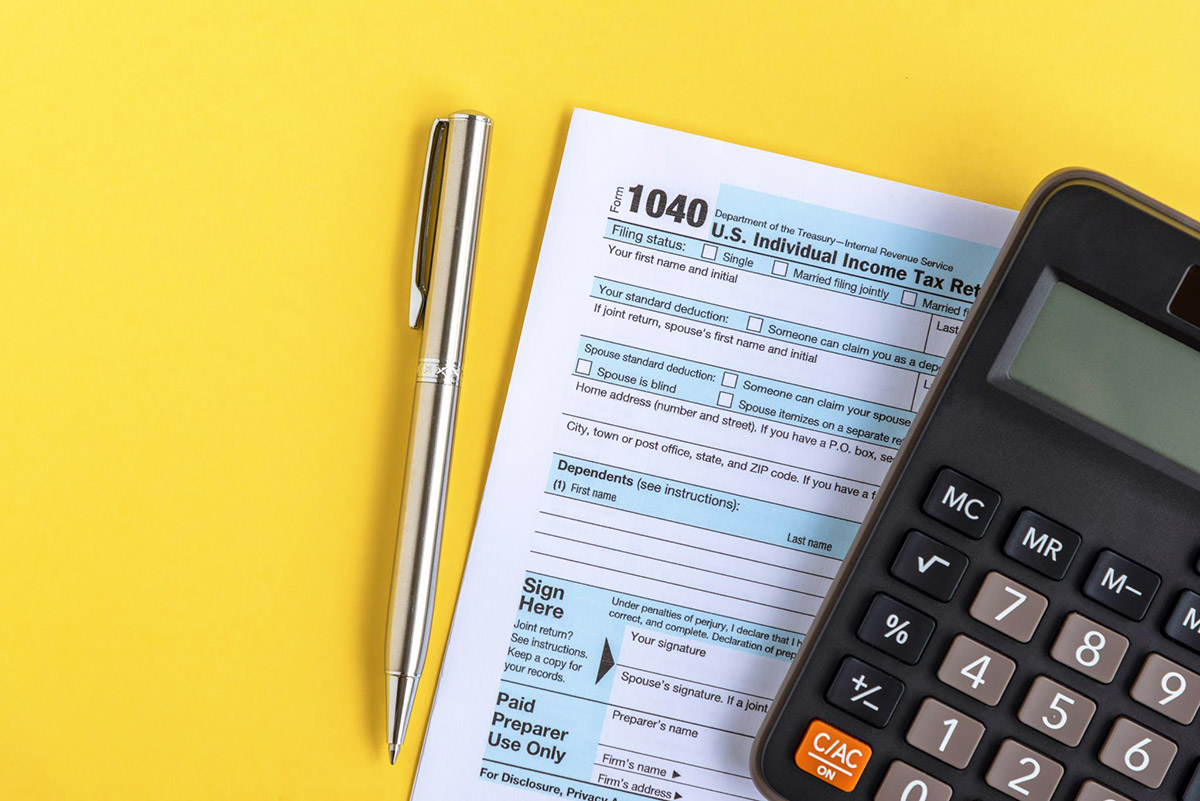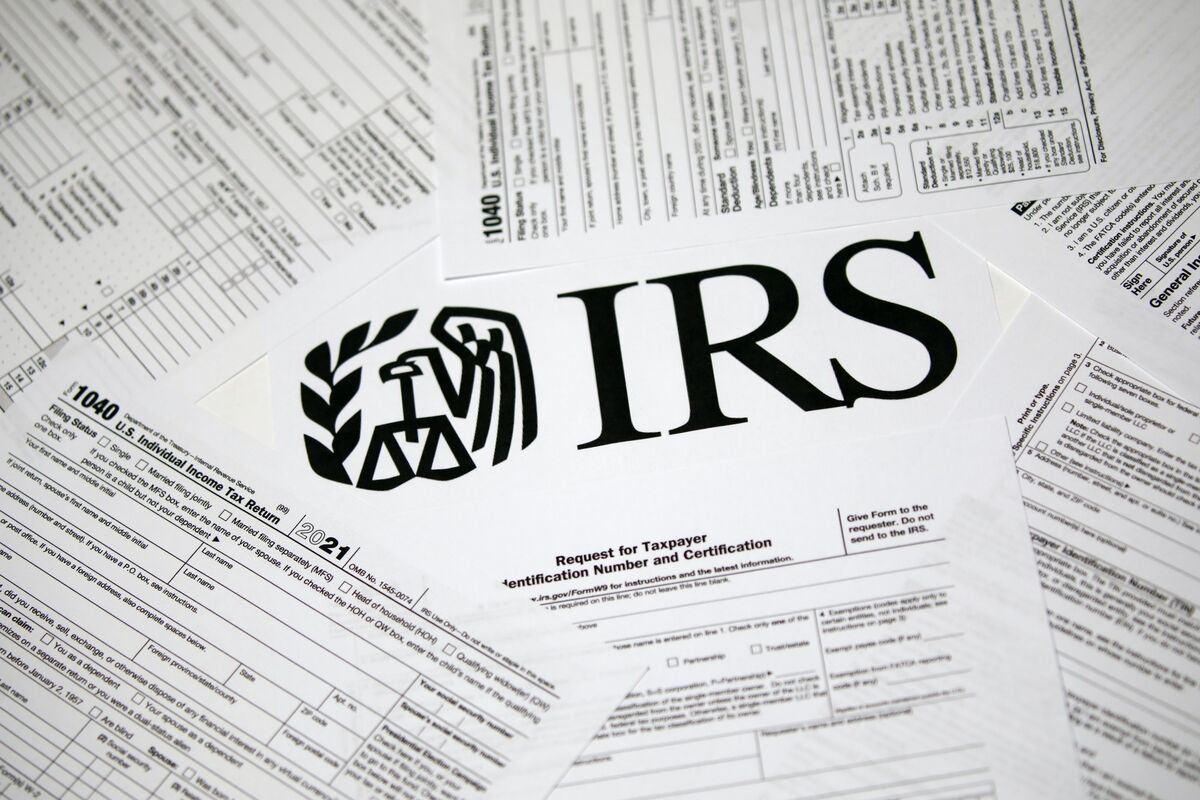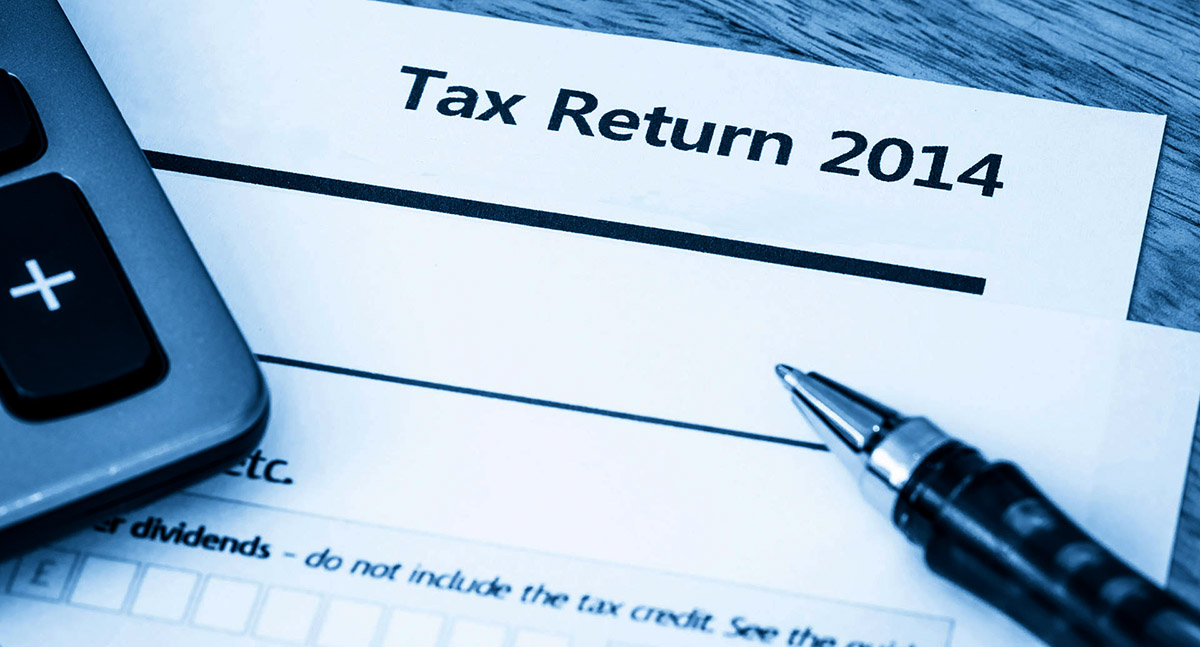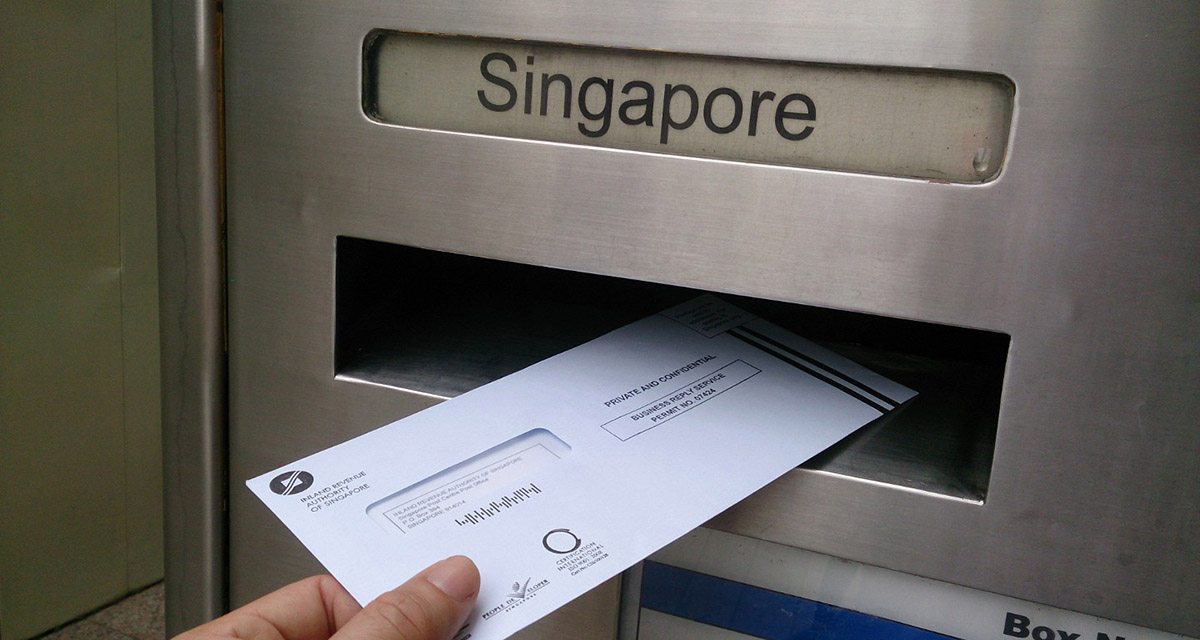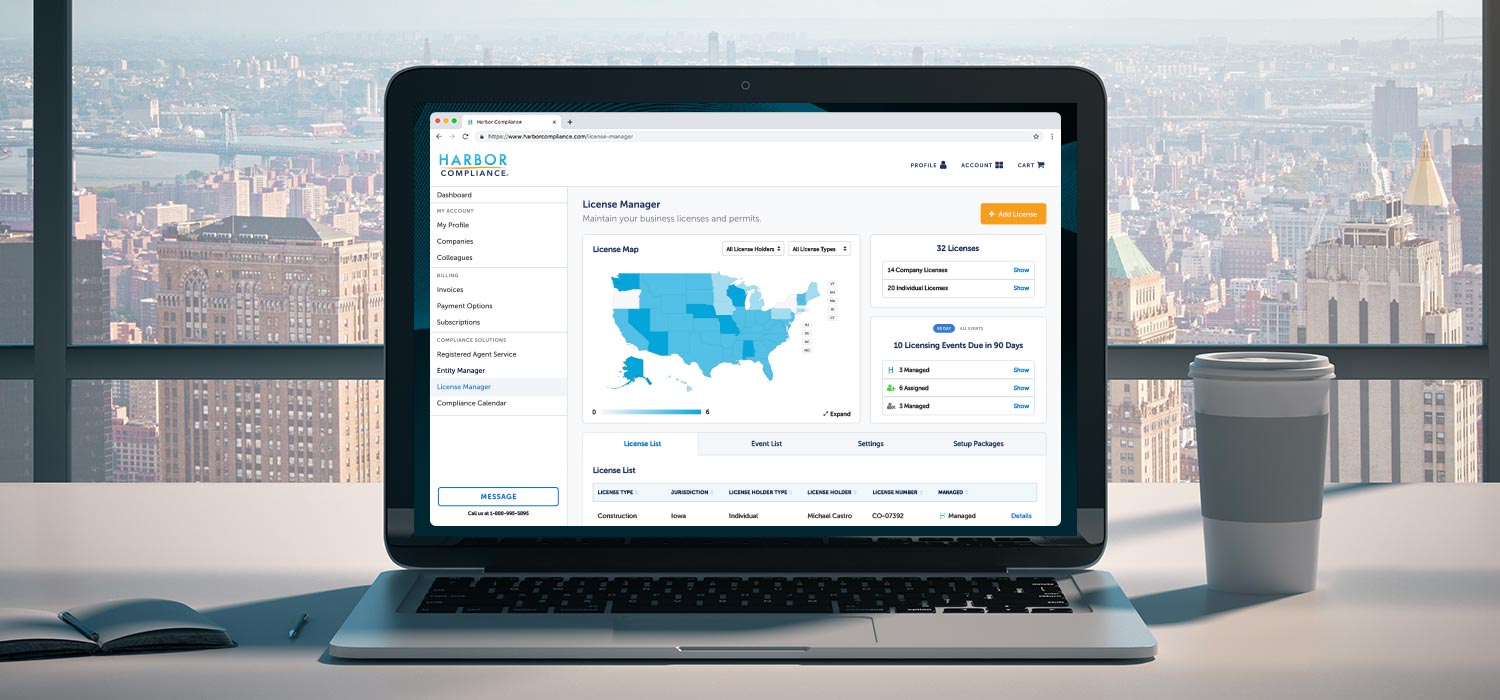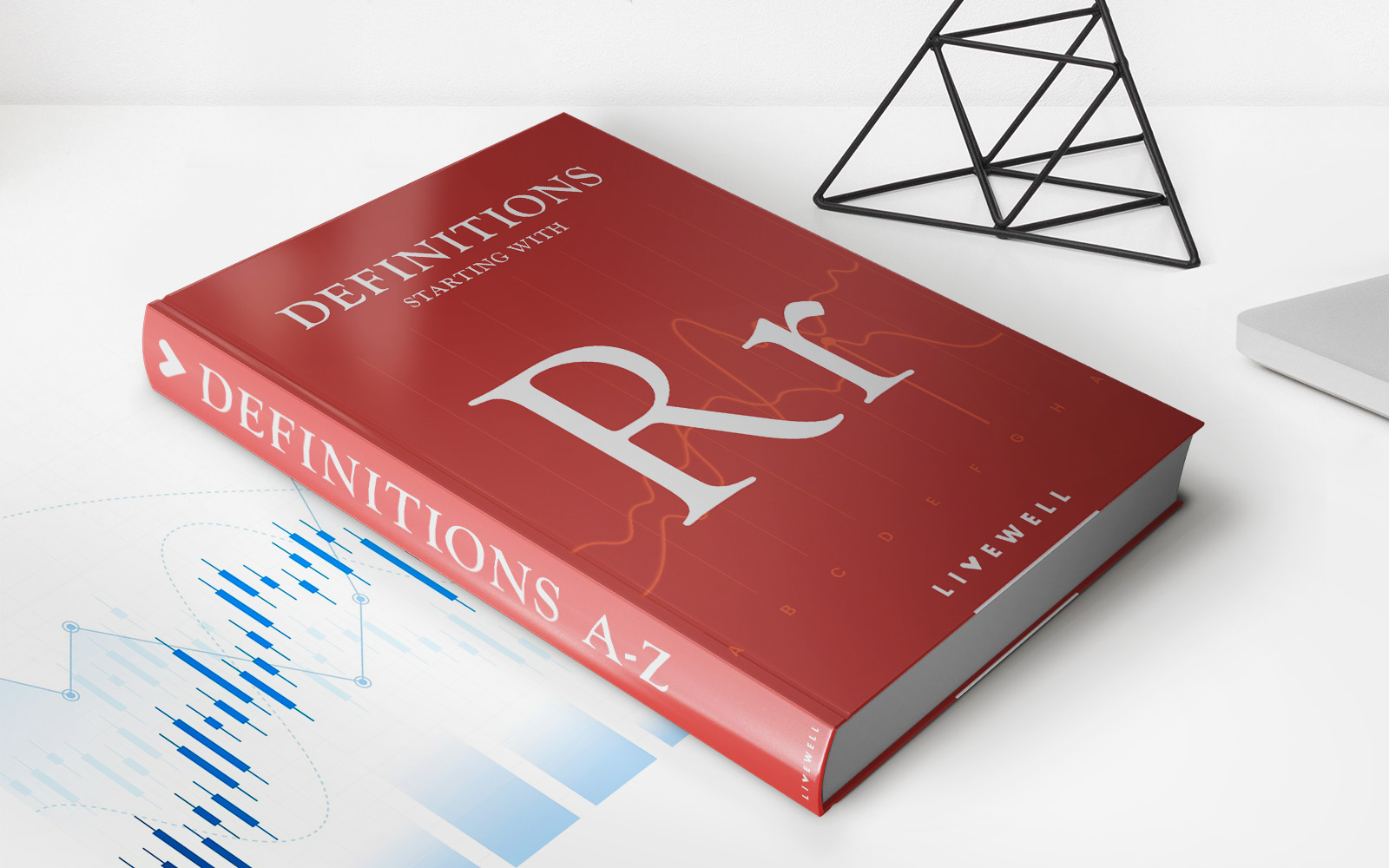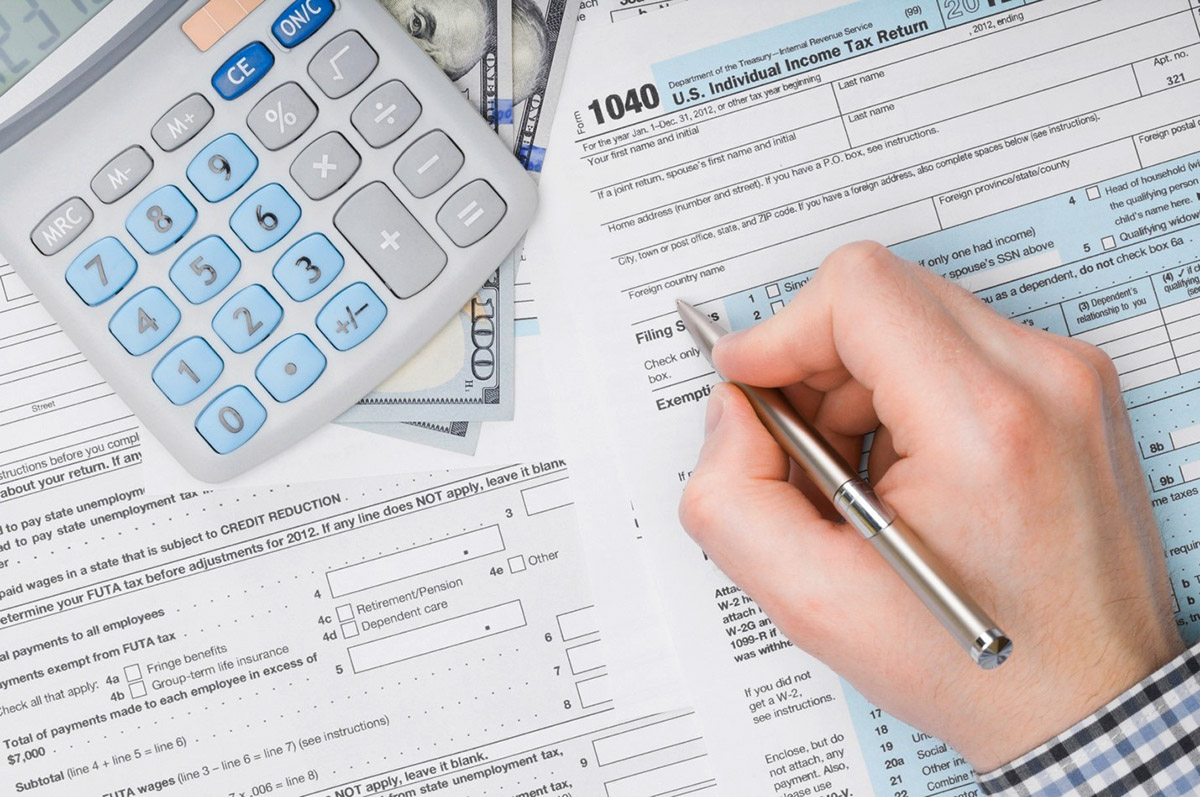

Finance
Where To Find Child Support On A Tax Return
Published: October 28, 2023
Learn how to find child support information on your tax return. Our finance experts provide insights and tips to streamline the process, saving you time and money.
(Many of the links in this article redirect to a specific reviewed product. Your purchase of these products through affiliate links helps to generate commission for LiveWell, at no extra cost. Learn more)
Table of Contents
- Introduction
- Understanding Child Support
- Child Support and Taxes
- Claiming Child Support on a Tax Return
- Where to Find Child Support on a Tax Return
- Schedule C: Profit or Loss from Business
- Form 1040, Line 31a: Income Adjustment
- Form 1040, Line 32: Tax Exemptions
- Form 1040, Line 6c: Child Support Payments Received
- Form 1040, Line 11: Child Tax Credit
- Conclusion
Introduction
When it comes to navigating the complexities of tax returns, understanding the various components and deductions can be overwhelming. For those who receive or pay child support, determining where to find this information on a tax return can be especially challenging. With the right knowledge, however, you can easily locate and take advantage of the child support-related provisions within the tax code.
Child support is a financial obligation that a noncustodial parent is legally required to pay to the custodial parent or guardian. These payments are intended to assist in the financial upbringing of the child, covering expenses such as education, medical care, and general child-rearing costs. While child support is primarily seen as a means of providing for the child’s well-being, it can also have implications for tax returns.
Understanding how child support intersects with your tax obligations is crucial. Depending on your circumstances, you may be able to claim certain deductions or receive credits related to child support on your tax return. By familiarizing yourself with where to find this relevant information, you can ensure you are taking full advantage of any tax benefits available to you.
In this article, we will explore where to find child support-related information on a tax return. From the Schedule C to Form 1040, we will break down the various sections and lines where you can locate the necessary details. By the end, you will have a solid understanding of where to find child support on a tax return and how these figures impact your overall tax situation.
Understanding Child Support
Before delving into the intricacies of child support on a tax return, it is crucial to understand the concept of child support itself. Child support is a court-ordered payment made by one parent to the other for the purpose of financially supporting their child or children. It is typically paid by the noncustodial parent to the custodial parent, who has physical custody of the child for the majority of the time.
The purpose of child support is to ensure that both parents contribute to the costs associated with raising a child. These costs can include food, clothing, medical expenses, educational expenses, and other necessities. The amount of child support is determined by the court, taking into consideration factors such as the incomes of both parents, the needs of the child, and the custody arrangement.
It is important to note that child support payments are not considered taxable income for the custodial parent, nor are they tax-deductible for the noncustodial parent. This means that if you are the custodial parent receiving child support, you do not need to report it as income on your tax return. Conversely, if you are the noncustodial parent making child support payments, you cannot deduct those payments on your tax return.
While child support payments themselves do not directly impact your tax liability, they can have indirect tax ramifications. Understanding the nuances and potential tax benefits associated with child support is crucial for maximizing your tax situation.
Child Support and Taxes
While child support payments are not taxable income for the recipient or deductible for the payer, there are still potential tax implications to consider. Understanding how child support interacts with your taxes can help you make informed decisions and take advantage of certain tax benefits.
For the parent receiving child support, it’s important to note that these payments do not need to be reported as income on your tax return. This means that you do not need to pay taxes on the child support you receive. It’s essential, however, to keep accurate records of the child support payments you have received, as the IRS may request documentation to verify your tax return.
On the other hand, the noncustodial parent making child support payments is generally not able to deduct these payments on their tax return. Child support is considered an after-tax expense and cannot be used as a deduction to reduce taxable income. This is different from other types of support payments, such as alimony, which is tax-deductible for the payer and taxable income for the recipient under certain circumstances.
While child support itself does not directly impact your tax liability, it may indirectly affect your tax situation by influencing other tax-related aspects. For example, child support payments can impact the calculation of certain tax credits and deductions, such as the Child Tax Credit.
It’s worth noting that tax laws and regulations regarding child support can vary by jurisdiction. It’s essential to consult with a tax professional or reference the specific guidelines provided by the appropriate tax authority in your country or state to ensure compliance with applicable tax regulations.
By understanding the relationship between child support and taxes, you can make informed decisions and take advantage of any tax benefits available to you.
Claiming Child Support on a Tax Return
While child support payments themselves are not directly claimed as deductions or income on a tax return, there are certain tax credits and exemptions that may be influenced by child support. Understanding and properly reporting these details can have a positive impact on your overall tax situation.
One such tax benefit is the Child Tax Credit. This credit is available to parents who have a qualifying child under the age of 17. The Child Tax Credit provides a reduction in the amount of tax owed, and in some cases, it may be refundable. To claim this credit, you need to meet certain eligibility criteria, including providing the necessary documentation to prove that your child qualifies.
Child support may indirectly affect the Child Tax Credit, as the custodial parent who receives child support payments is typically the one eligible to claim this credit. However, it’s important to note that child support payments themselves do not impact the amount of the credit. As the noncustodial parent making child support payments, you do not have the ability to claim the Child Tax Credit based solely on those payments.
Another relevant factor to consider when claiming child support on a tax return is the issue of child dependency exemptions. In some jurisdictions, the custodial parent may be entitled to claim the child as a dependent, which can result in various tax benefits, including the ability to claim a dependency exemption. This exemption can reduce taxable income and result in lower overall tax liability.
It’s essential to fully understand the specific tax regulations and guidelines in your jurisdiction regarding claiming child support-related tax benefits. Consulting with a tax professional or referencing the appropriate tax authority’s resources can ensure you accurately report and claim any applicable deductions, credits, or exemptions related to child support on your tax return.
By staying knowledgeable about the tax benefits associated with child support, you can optimize your tax situation and potentially receive valuable tax savings.
Where to Find Child Support on a Tax Return
When it comes to locating child support information on your tax return, there are several sections and lines where you can find the relevant details. Let’s explore where to find child support-related information on commonly used tax forms:
- Schedule C: Profit or Loss from Business: If you are self-employed and receive child support payments related to a business, you may need to report those payments on Schedule C. This form is used to report income and expenses from a business, and child support payments received in connection with the business would be included in the income section.
- Form 1040, Line 31a: Income Adjustment: Child support payments received should be reported as income on line 31a of Form 1040. This line is used to report various types of income adjustments, including child support. Enter the total amount of child support payments received for the tax year in this section.
- Form 1040, Line 32: Tax Exemptions: Depending on the specific tax regulations in your jurisdiction, you may be entitled to claim a tax exemption for your child. This can reduce your taxable income and potentially lower your overall tax liability. Enter the appropriate number of exemptions on line 32 of Form 1040.
- Form 1040, Line 6c: Child Support Payments Received: On line 6c of Form 1040, you can enter the total amount of child support payments received during the tax year. It’s crucial to accurately report this information to ensure compliance with tax regulations and avoid potential discrepancies or audit issues.
- Form 1040, Line 11: Child Tax Credit: If you are eligible for the Child Tax Credit, you can claim it on line 11 of Form 1040. This credit can provide valuable tax savings and reduce the amount of tax you owe. Make sure to follow the instructions provided in the tax form to determine your eligibility and correctly claim the credit.
It’s important to note that the specific location of child support-related information may vary depending on your tax situation and the specific tax forms you are using. Consulting the instructions for the relevant tax forms or seeking assistance from a tax professional can provide you with the necessary guidance to accurately report child support on your tax return.
By knowing where to find child support-related information, you can ensure that you are correctly reporting your income and taking advantage of any tax benefits associated with child support.
Schedule C: Profit or Loss from Business
If you are self-employed and receive child support payments related to your business, it’s important to report those payments on Schedule C of your tax return. Schedule C is used to report the profit or loss from your business activities, and child support payments received in connection with your business are considered income that must be reported.
When filling out Schedule C, you will need to provide information about your business, such as its name, address, and type of business. You will also need to report your business income, which includes any child support payments you have received during the tax year. This information will help determine your overall profit or loss from your business.
On Schedule C, you will typically find a specific line dedicated to reporting other income. Child support payments received that are related to your business should be reported on this line. It’s important to ensure that you accurately report the total amount of child support payments received as income from your business.
Keep in mind that only child support payments directly related to your business activities need to be reported on Schedule C. If you receive child support payments for personal expenses unrelated to your business, these payments would not be reported on Schedule C but should still be reported as income on other relevant sections of your tax return.
It’s crucial to maintain accurate records of the child support payments you receive for your business, including any supporting documentation or agreements specifying that the payments are related to your business activities. These records can be important in case of an audit or if the IRS requests verification of your reported income.
Reporting child support payments received on Schedule C ensures that you are properly accounting for this income and complying with tax regulations. By accurately reporting your income, you can maintain the integrity of your tax return and avoid potential issues with the IRS.
If you are unsure about how to properly report child support payments on Schedule C or have questions about your specific tax situation, it’s recommended to consult with a tax professional for guidance and assistance.
Form 1040, Line 31a: Income Adjustment
Form 1040 is the main tax form used by individuals to report their income and calculate their tax liability. On Line 31a of Form 1040, you will find the section where you can report income adjustments, including child support payments received.
Child support payments, even though they are not taxable income, should be reported on Line 31a to ensure accurate reporting and compliance with tax regulations. This line is used to make adjustments to your total income, reflecting certain types of income that are not subject to taxation.
To report child support payments received on Line 31a of Form 1040, you will need to enter the total amount of child support received during the tax year. This ensures that the IRS has a clear understanding of your income and can properly assess your tax liability based on the taxable income you have.
It’s important to note that Line 31a is not specifically labeled for child support payments. Instead, it is a general line used for reporting various types of income adjustments. However, child support payments fall into the category of income adjustments and should be included in this section.
Reporting child support payments on Line 31a serves the purpose of providing transparency in your tax return and maintaining accurate records of your income. It ensures that your tax liability is calculated correctly based on taxable income rather than including non-taxable child support payments.
When reporting child support payments on Line 31a, be sure to enter the total amount accurately. Keeping detailed records and supporting documentation of the child support payments received can be beneficial in case the IRS requests verification or documentation to support your tax return.
Remember, reporting child support payments on Line 31a is only applicable if you are the custodial parent receiving the payments. Noncustodial parents who make child support payments do not report them on their tax return as deductions or adjustments.
If you have questions or concerns about reporting child support payments on Form 1040 or need assistance with your specific tax situation, it is advisable to consult with a tax professional who can provide personalized guidance.
Form 1040, Line 32: Tax Exemptions
Form 1040 is the primary tax form used by individuals to report their income and calculate their tax liability. Line 32 of Form 1040 is where you can claim tax exemptions, including those related to child support.
When it comes to claiming tax exemptions, it’s important to understand that eligibility criteria and regulations may vary depending on your jurisdiction. However, in some cases, the custodial parent who receives child support payments may be entitled to claim a tax exemption for their child.
On Line 32 of Form 1040, you can enter the appropriate number of exemptions for yourself, your spouse (if applicable), and your qualifying child. By claiming a tax exemption, you can reduce your taxable income, potentially lowering your overall tax liability.
It’s worth noting that claiming a tax exemption for a child generally requires meeting certain criteria defined by the tax authorities. This may include factors such as the child’s age, relationship to the taxpayer, residency, and financial support.
While child support payments themselves do not directly impact the tax exemption, they may indirectly influence the eligibility to claim the exemption. In general, the custodial parent who receives child support payments and meets the eligibility criteria for claiming a tax exemption may be able to do so.
It’s essential to review the specific tax regulations and guidelines in your jurisdiction to determine the eligibility requirements for claiming a tax exemption. You may need to provide documentation or meet certain criteria to support your claim.
Properly claiming tax exemptions can result in significant tax savings, so it’s crucial to accurately report the number of exemptions on Line 32 of Form 1040 based on your individual circumstances. In the case of child support-related exemptions, ensure that you meet the necessary criteria and have the required documentation to support your claim.
If you have any questions or concerns about claiming tax exemptions related to child support on Form 1040, it’s recommended to consult with a tax professional or refer to the specific guidelines provided by the tax authority in your jurisdiction.
Form 1040, Line 6c: Child Support Payments Received
On Line 6c of Form 1040, you will find the section where you can report the total amount of child support payments received during the tax year. This line is specifically designated for reporting child support payments and plays an important role in accurately reflecting your income on your tax return.
When filling out Form 1040, it’s crucial to report all income accurately, including child support payments. Although child support payments themselves are not considered taxable income, reporting them on Line 6c ensures proper documentation and transparency in your tax return.
To report child support payments received on Line 6c, you will need to enter the total amount of child support payments you received throughout the tax year. This figure should represent the aggregate sum of all child support payments received from the noncustodial parent.
It’s important to note that you should report child support payments only on Line 6c if you are the custodial parent receiving the payments. Noncustodial parents who make child support payments do not report these payments as deductions or adjustments on their tax return.
Accurately reporting child support payments on Line 6c is vital for proper tax compliance and record-keeping. It ensures that your income is accurately reflected on your tax return and helps prevent any discrepancies or audit-related issues.
Keep in mind that it’s important to maintain documentation and records of the child support payments you receive. This can include copies of court orders or other legal agreements specifying the obligations and amounts of child support. These records can serve as evidence in case of any tax-related inquiries or audits.
By reporting child support payments received on Line 6c of Form 1040, you can ensure that your tax return accurately reflects your income and comply with tax regulations regarding income reporting.
If you have any questions or concerns about reporting child support payments on Form 1040 or need personalized advice regarding your specific tax situation, it is advisable to consult with a tax professional for guidance.
Form 1040, Line 11: Child Tax Credit
Line 11 of Form 1040 is where you can claim the Child Tax Credit, which is a valuable tax benefit available to eligible taxpayers with qualifying children. This credit can help reduce your tax liability and potentially result in a refund if the credit exceeds your tax owed.
The Child Tax Credit is specifically designed to provide financial assistance to families with dependent children. To claim this credit, you must meet certain eligibility criteria, including having a qualifying child who meets the age, relationship, residency, and support requirements.
When completing Form 1040, it’s important to accurately report your eligibility for the Child Tax Credit on Line 11. Enter the appropriate credit amount based on the number of qualifying children you have and any other conditions specified by the tax authorities.
It’s worth noting that child support payments received do not directly impact your eligibility for the Child Tax Credit. The credit is primarily based on the child’s age, relationship to the taxpayer, residency, and financial support requirements.
However, if you are the custodial parent receiving child support payments and you meet the eligibility criteria for claiming the Child Tax Credit, you may still be able to claim it. Child support payments received are not considered income and do not affect the eligibility for the credit.
It’s important to carefully follow the instructions provided on Form 1040 and any associated documentation to determine your eligibility for the Child Tax Credit. Additionally, ensure that you accurately report the credit amount on Line 11 to maximize your tax benefits.
Claiming the Child Tax Credit can provide significant tax savings, so it’s essential to properly assess your eligibility and claim the credit if you meet the criteria. Review the specific guidelines and rules provided by the tax authority in your jurisdiction to ensure compliance and accuracy.
If you have questions or concerns about claiming the Child Tax Credit on Form 1040 or need assistance with your specific tax situation, it’s recommended to consult with a tax professional who can provide personalized guidance.
Conclusion
Navigating child support and taxes can be a complex task, but understanding where to find child support information on your tax return is crucial for accurate reporting and compliance with tax regulations. By familiarizing yourself with the relevant sections and lines on tax forms, you can ensure that you are properly accounting for child support-related income and taking advantage of any applicable tax benefits.
Remember that child support payments are not considered taxable income for the custodial parent who receives them, nor are they tax-deductible for the noncustodial parent who makes the payments. However, child support can indirectly impact your tax situation by influencing eligibility for certain tax credits and exemptions.
When it comes to reporting child support on your tax return, specific sections and lines play a crucial role. For instance, Schedule C is utilized when reporting child support payments related to a business. Form 1040, Line 31a is where you report child support payments received as income adjustments. Line 32 allows you to claim tax exemptions, including those related to your child. Line 6c is where you report the total amount of child support payments received, while Line 11 is used to claim the Child Tax Credit.
To ensure accurate reporting, it is vital to keep detailed records and documentation of child support payments received or made. This can assist in verifying your reported income and supporting your tax return in case of any inquiries or audits.
While this article provides a general overview, it’s important to note that tax laws and regulations may vary depending on your jurisdiction. It is recommended to consult with a tax professional or refer to the guidelines provided by the relevant tax authority in your country or state for personalized advice and accurate information.
By understanding where to find child support-related information on your tax return and being knowledgeable about the applicable tax benefits, you can ensure proper tax compliance, optimize your tax situation, and potentially benefit from valuable tax savings.


